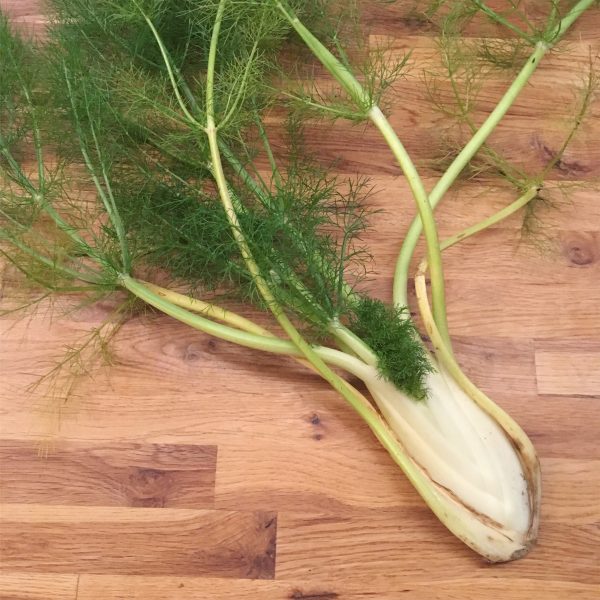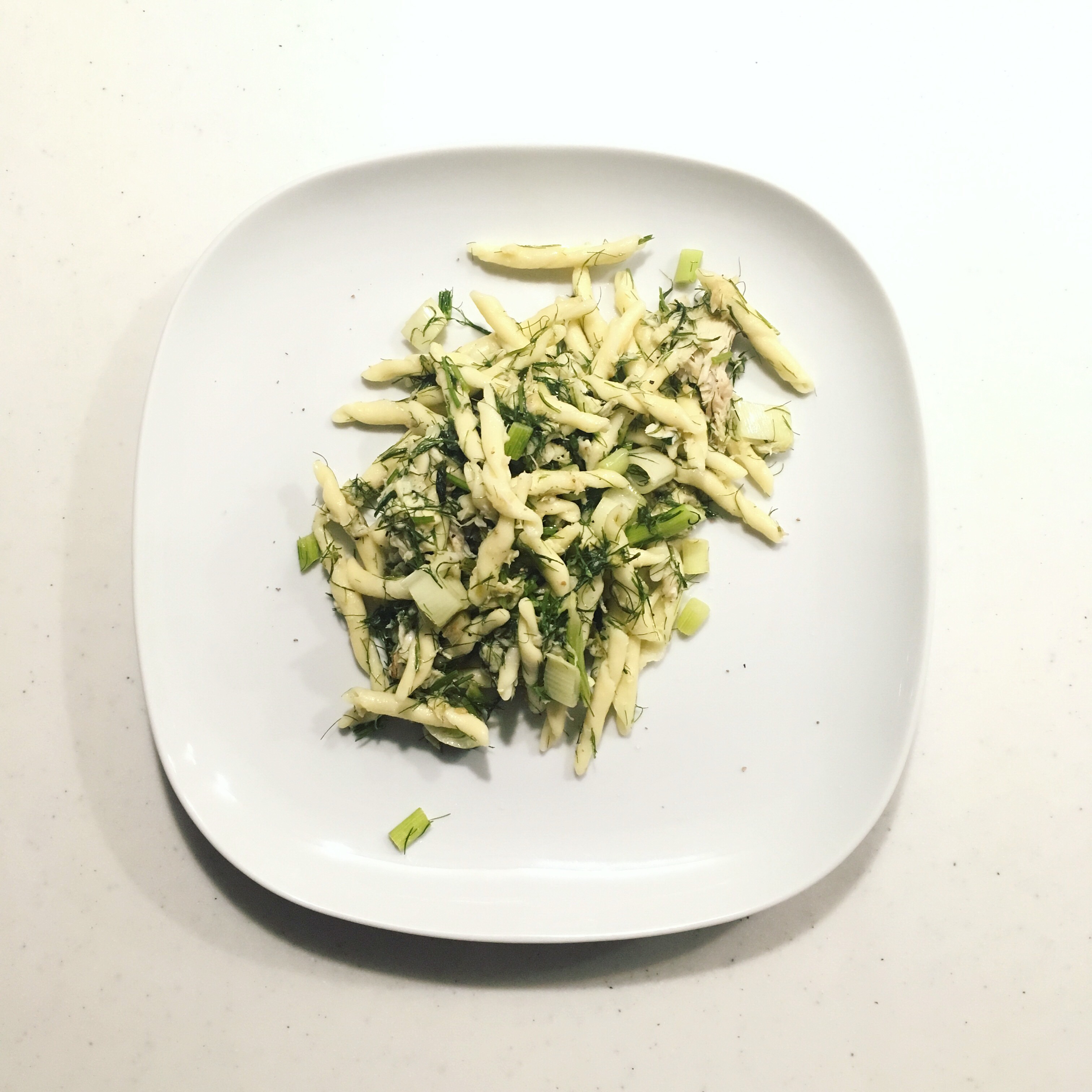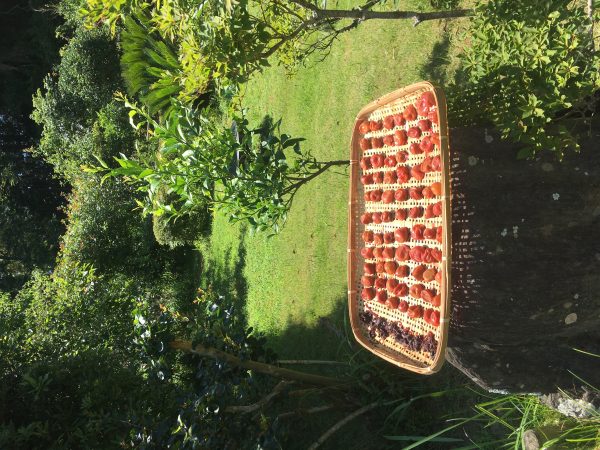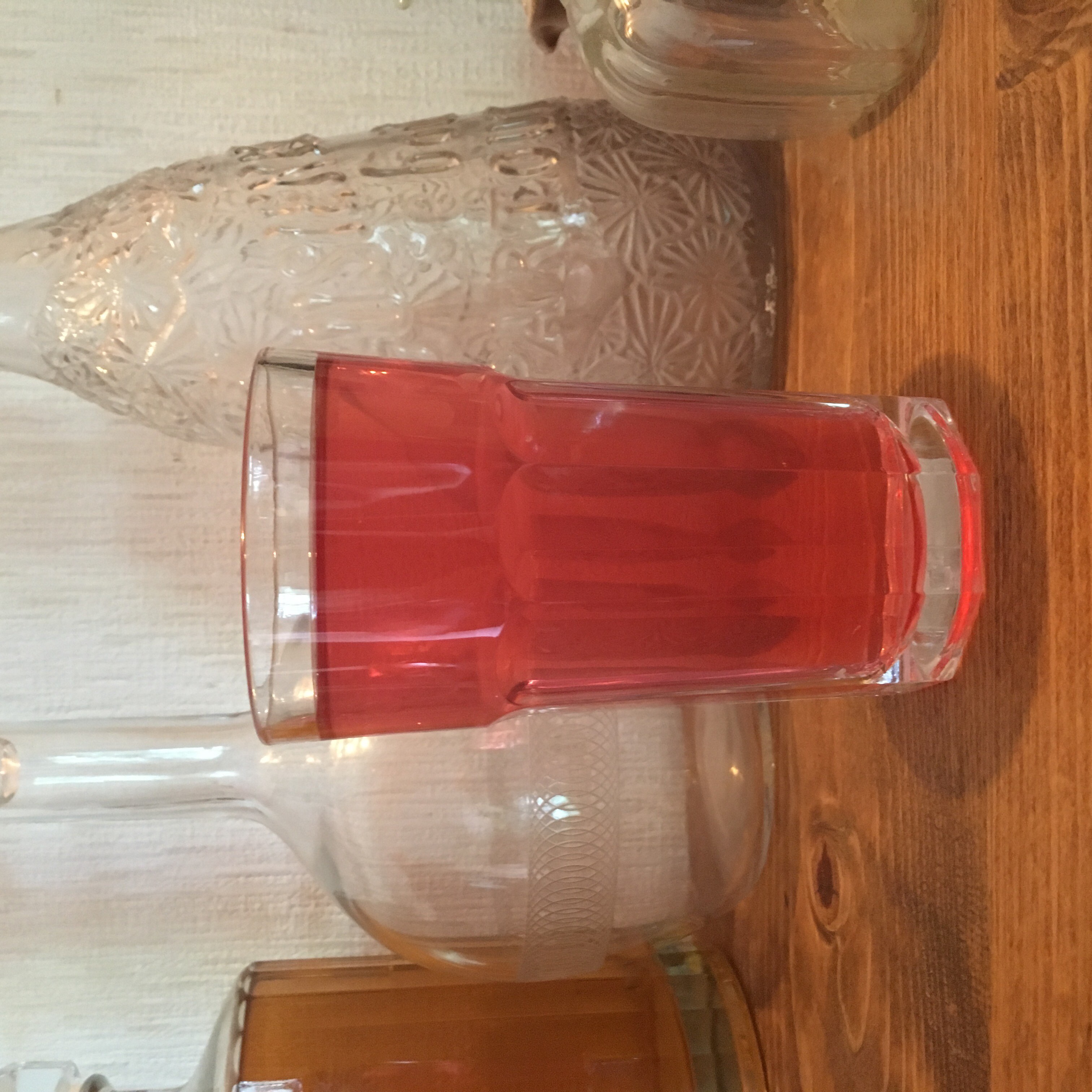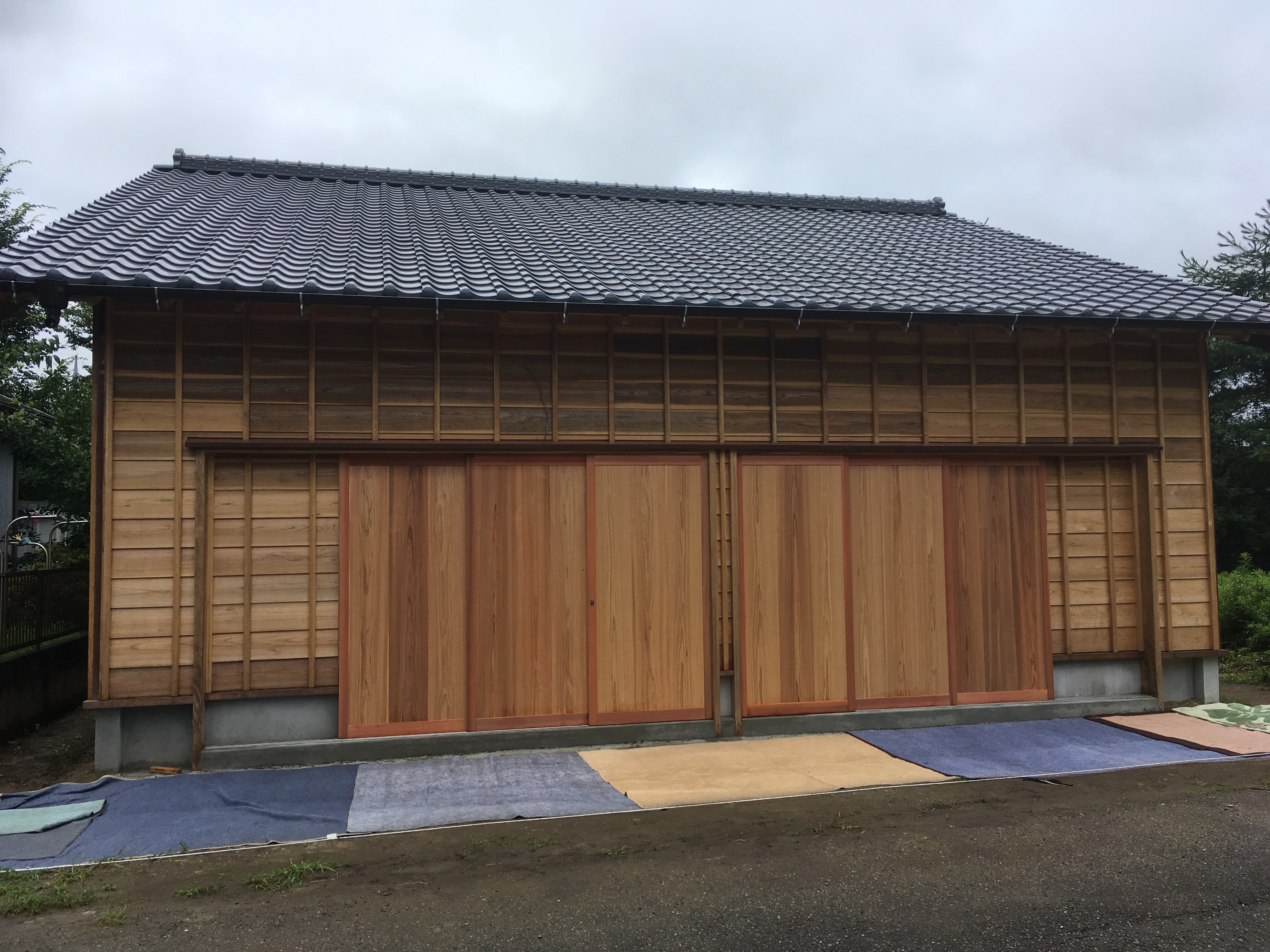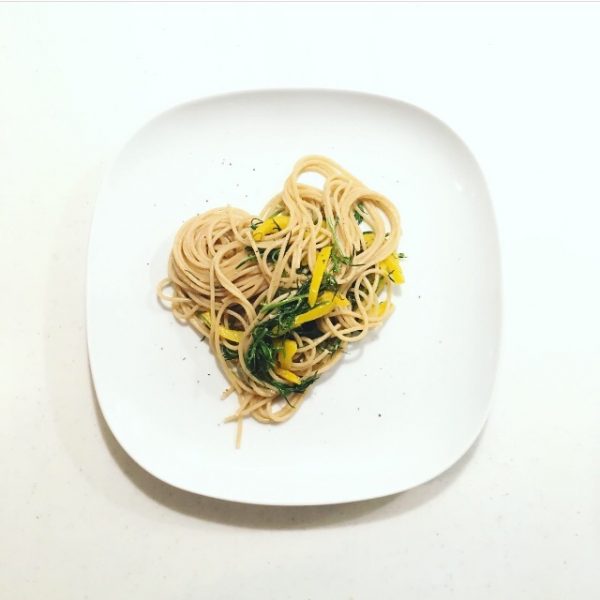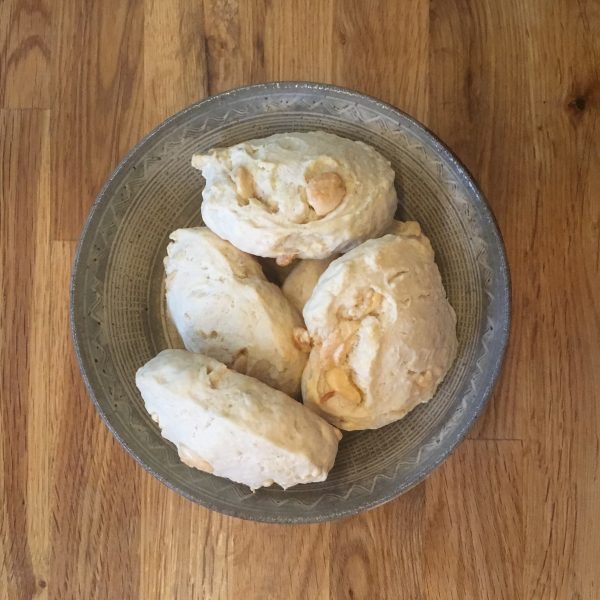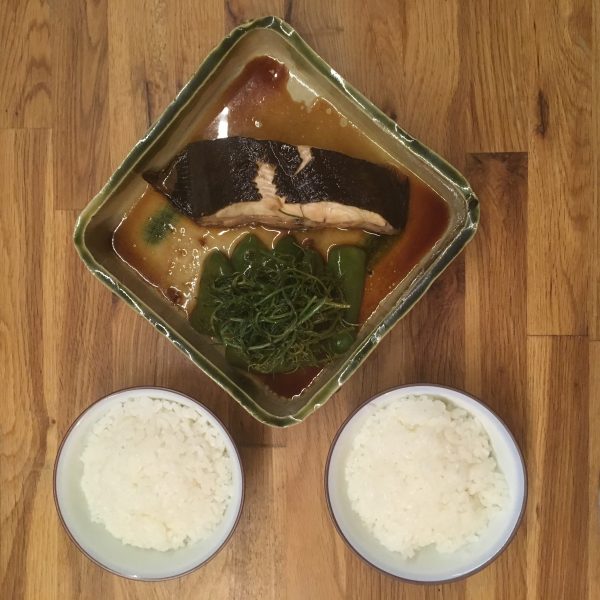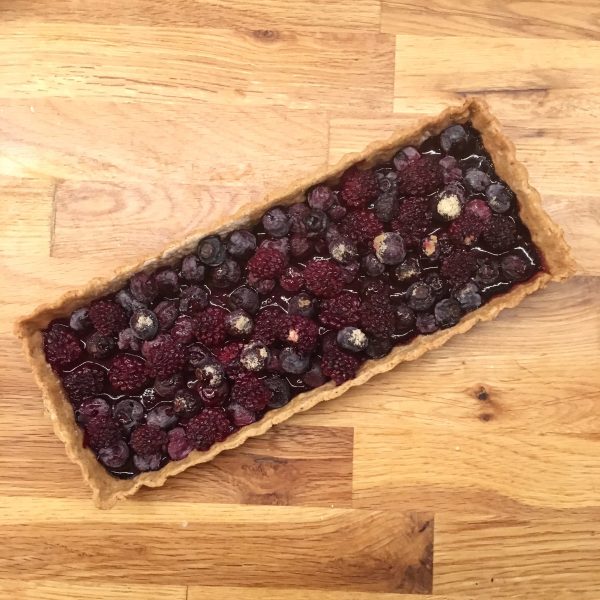As you already may know or you can check here, bouillabaisse is a classic summer dish in my family. My grand mother, and now my mother prepare it for family gatherings. While I love it and have helped preparing it many times with my grand mother as a child (I even fished the soup…) this is something that I absolutely cannot prepare now as the preparation of the fishes indisposes me. The single idea of emptying a fish and cleaning it, or cutting a fish head or crushing a whole fish just makes me sick. That’s why I always ask at the fish stand that they do it to me or I buy sashimi cuts or clean cuts far from the belly. And so you may remember that recipe of simmered fish a few weeks ago… well I got the same cut again. And while I was thinking of preparing it exactly the same way, an outing to Hoff market in Ohara to see our pottery teacher has made me change my mind as I bought lovely potatoes there. Indeed there are always a few stands selling organic locally grown vegetables. This potatoes made me crave a kind of bouillabaisse. So I made it my way. I first prepared ichiban dashi with konbu and katsuo bushi to replace the fish soup. Then I sliced the potatoes and add them to the soup. After a bit added the fish and a bit of soya sauce, sake, and two lovely purple tiny bell peppers (optional and not in the classic bouillabaisse, but I really wanted to try them) , and cooked under cover for 15min. And served.
The fish cooked in the fish stock and with the potatoes definitely had a familiar taste and reminded me a lot of bouillabaisse, but without all the annoying parts!!
Have a good week!

